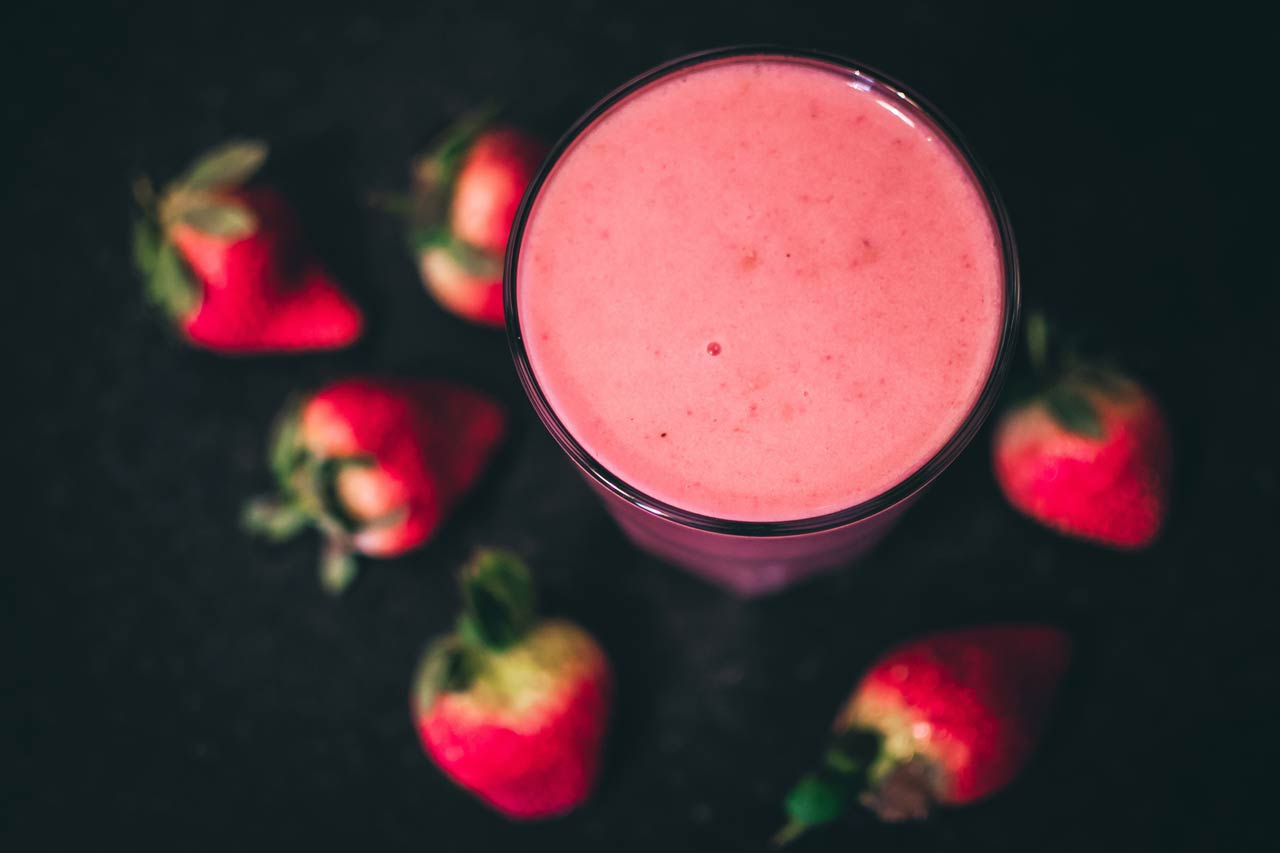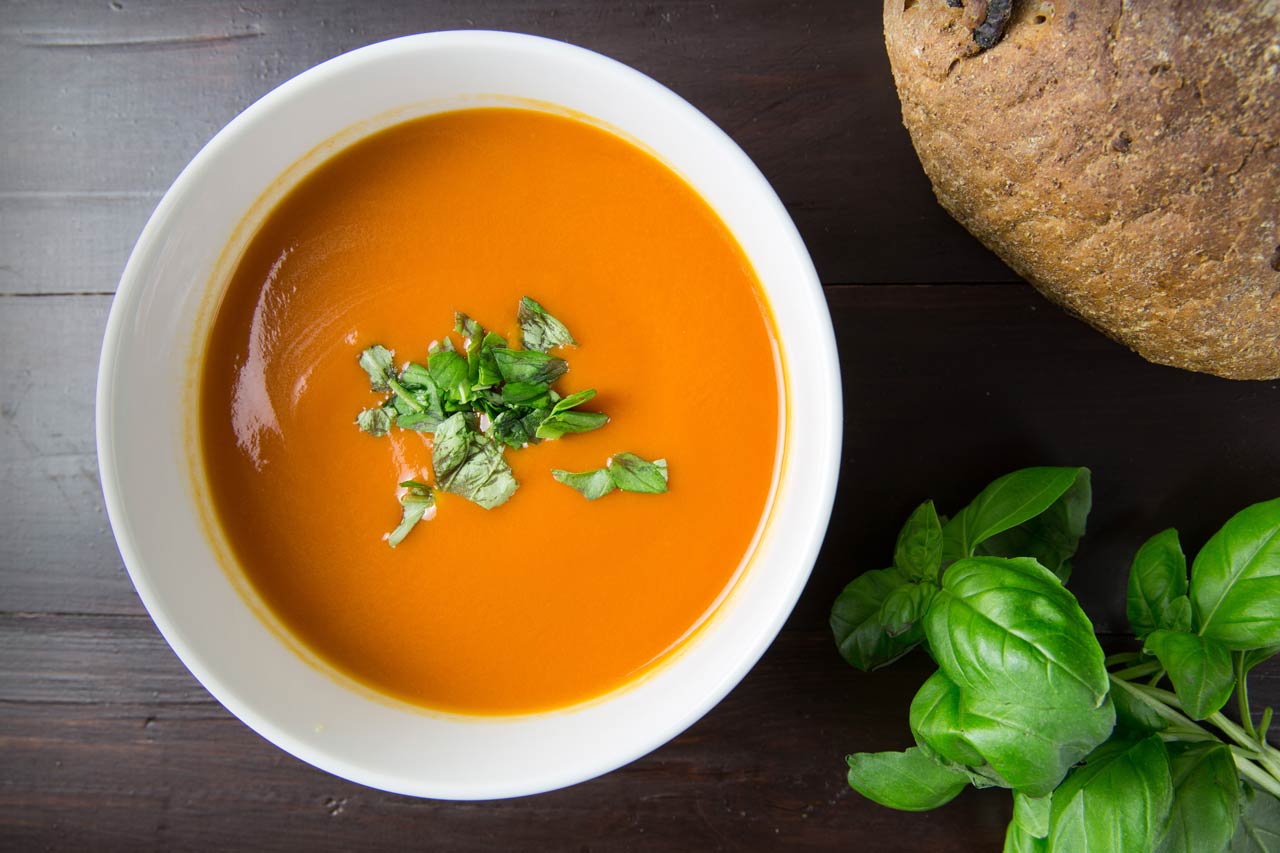Are you planning to have gastric sleeve surgery? Congratulations – it is a big step, and a difficult one, but definitely one worth taking. Not many people can actually commit themselves to do everything they need to to be good candidates for the surgery, mostly because they expect the operation to do all the work for them. If this is not you, you’ve already done much. You know that you will have to work hard even though you’ve had surgery. Basically, you will have to learn how to eat and live in a whole new way. After the surgery, your life will in some parts resemble the military. But don’t fret! It’s worth the goal, and the goal is your new body, leaner and healthier. Here’s what you need to know about your diet after the surgery.
Quick Facts about Gastric Sleeve Surgery
The procedure you are about to undergo will reduce the size of your stomach so that you can feel full faster – and thus reduce overeating. The success of the surgery, though, wholly depends on your will to stick to a healthy lifestyle, because as we mentioned previously, this is not an abracadabra trick that will make the fat go away. After the surgery, you will have to follow a strict diet, because it will enable your body to recover and adjust to a smaller size of your stomach.
The Basics of the Gastric Sleeve Diet
The diet you’ll be required to follow is very specific, as its goal is to aid recovery and avoid post-op complications. Throughout time, though, the diet will shift towards your acquiring of healthy eating habits. This way you will continue to lose weight, and the ideal case scenario is that you maintain a healthy weight for life. To get back to the eating pattern that’s healthy, the diet after gastric sleeve follows four distinct phases in four weeks.
Week 1 Diet

The first week after the procedure requires you to continue the diet you already followed in the days prior to the surgery. This clear liquid diet includes water, decaf coffee or tea, broth, no-sugar protein shake, sugar-free popsicles. You should avoid caffeinated drinks, as well as the ones that are carbonated because they can contribute to gas and bloating. Similarly, drinks with sugar can contribute to dumping syndrome, a complication that occurs when too much sugar enters the small intestine quickly. This can lead to nausea, fatigue, vomiting, and diarrhoea. Sticking to a liquid diet in the first week will help you avoid post-op complications, some of which can be a bowel obstruction, diarrhoea, constipation, gastric leakage, and dehydration.
Week 2 Diet

In the second week, your options widen as you can now follow a full-liquid diet. This means that you can have a myriad of liquids and liquid food. You can now have nutrition shakes, shakes made with protein powder, cream soups with no chunks, frozen yogurts, ice cream, sorbet, plain Greek yogurt, fruit juices, thinned oatmeal…
You are likely to feel your appetite increase. But don’t be fooled to think this is a reason good enough to eat solid food – it isn’t! You’re still unable to handle solid food, and if you do give it a try, it can lead to vomiting and other complications, so please restrain from doing that. Besides, avoid carbonated drinks and caffeine.
Week 3 Diet

Now is the time to add soft and pureed foods to your diets, such as baby food in a jar, soft-scrambled or soft-boiled eggs, cottage cheese, mashed bananas, hummus, mashed avocado, cooked and pureed white fish. This is the time to start increasing your protein intake. You can do this with pureed meat, or continue with no-sugar protein shakes. Solid food and caffeine are still a no-go. Besides, stick to bland food. We know its taste isn’t the best, but spices may contribute to heartburn.
Week 4 Diet
Ta-da! One month post-op, you can finally start eating solid foods. So from this moment onwards, you can test your new healthy-eating skills. This means adding chicken and fish, vegetables, sweet potatoes, low-sugar cereal, cheese, fruit. Still try avoiding high-fat dairy and foods that are hard to digest, for example, nuts and steaks. Also keep away from pasta and white potatoes. If you really like caffeinated beverages, they can be reintroduced to your diet, but in moderation.
Week 5 and Lifelong Diet
There we go… the time to actually eat normally, only this time normally is nowhere near to what you did before the operation. Focus on lean protein and vegetables. The important thing is to introduce one food at a time so that you can monitor the reaction of your body to this particular food. Choose your meals wisely, and always stay hydrated.
Going through a gastric sleeve is not an easy process. If you successfully followed this plan, though, you are on the road to a healthy and lean life. Add physical exercise into your life, and monitor your diet at all times. It’s not worth it to throw it all away. Good luck!
[su_note note_color=”#efefef”]Also read: 10 High Protein Foods for Dessert You Must Eat[/su_note]
